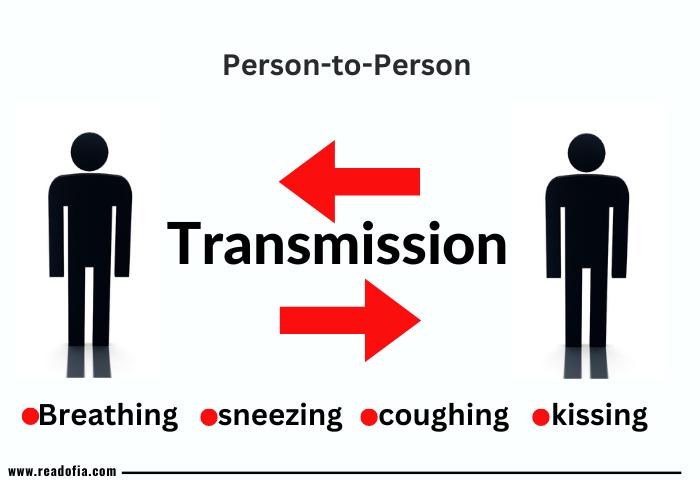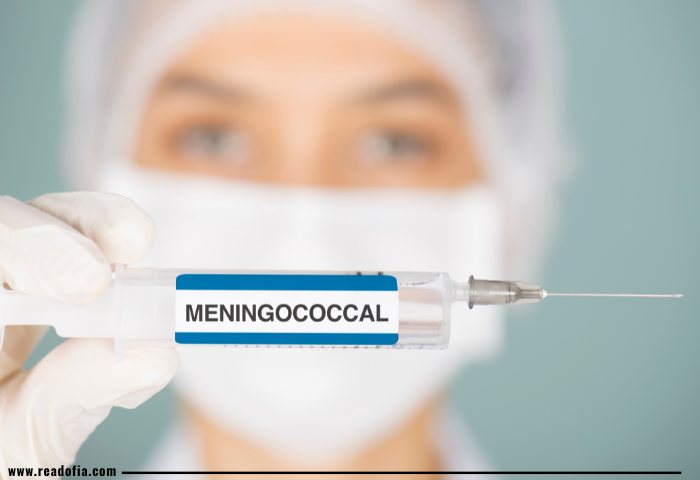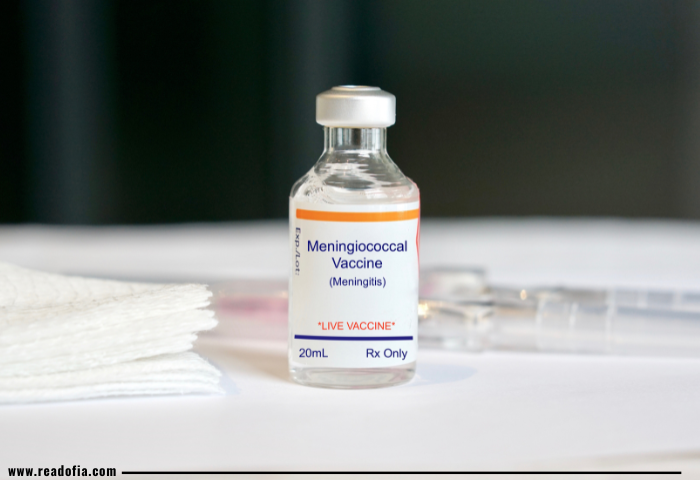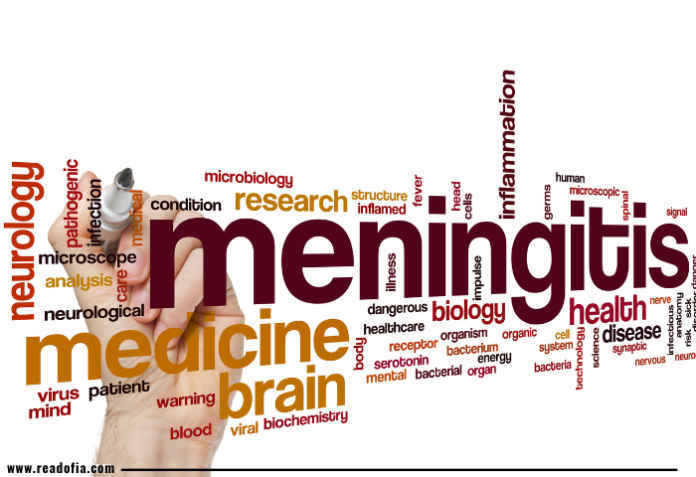Meningitis is a deadly disease caused by the virus and fungus. The death rate in children under age 5 is high when compared to malaria. Those who recover from this will suffer severe sequelae with high social and economic costs. Because of the significance of the issue, nations and accomplices chose to build up a worldwide methodology to beat Meningitis by 2030.
Causes and Symptoms
- Different kinds of bacteria will cause Meningitis.
- One of the dangerous bacteria is Neisseria meningitides; it will lead to a massive outbreak.
- This main bacteria has 12 serogroups of N in which Meningitis detected, 6 of which (A, B, C, W, X, and Y) will cause pandemic outbreaks.
- According to the geographical distribution and the potential of bacteria, the outbreak differs.
- These are the most common symptom of Meningitis
- Stiff neckline, rise in temperature, sensitivity to brightness, uncertainty, headache, and nausea.
- Even if the patient treated immediately after one sign, nearly 5-10% of people die within 24-48 hours.
- This bacterial may lead to brain damage, hearing problems, who are all recovered from 10-20% will have a learning disability.
- A less common but even crueler often deadly form of meningococcal sickness is meningococcal septicemia, which is specified by hemorrhagic itchiness and fast circulatory crumple.
Transmission
- This bacterium is transmitted by a person-to-person in the form of breathing, sneezing, coughing, and kissing like closed and prolonged contact.
- Someone is living close in connection with the infected person.
- The period of incubation of Meningitis takes 4 days, and also it differs between 2-10 days.
- This virus will not transmit or affect animals.
- Those bacteria are carries in throat unknowingly; they will start to live with the bacteria. Then it starts spreading to other parts of the body and bloodstreams to the brain.

Diagnosis
- The primary diagnosis of Meningitis is medical assessment followed by a lumbar puncture screening a purulent spinal fluid.
- The bacterial can be spotted by microscopic testing of the spinal fluid.
- After the diagnosis, it confirmed by increasing the bacteria from specimens of spinal blood, by tie-in tests or by polymerase chain reaction (PCR).
- To recognize the serogroups testing to antibodies are main to control measure.

Treatment
- The Meningitis disease is a deadly disease, should be treated immediately.
- It is necessary to get admitted to the hospital, but no need to be isolated.
- Proper antibiotic treatment should be given directly.
- Lumbar cut, also called a spinal tap, is a clinical technique wherein a needle is embedded into the spinal channel, most normally to gather cerebrospinal liquid for analytic testing.
- If the treatment started earlier to the lumbar puncture, it might difficult to diagnose the growth of bacteria from the spinal fluid.
- But verification of the analysis should not delay treatment.
- A progression of anti-infection agents can treat the illness, alongside penicillin, ampicillin (penicillin antibiotic), chloramphenicol, and ceftriaxone (cephalosporin antibiotic).
- In the interior area of Africa, with less availability of health infrastructure and property, ceftriaxone is the medication of choice.

Meningococcal Vaccines
Meningococcal vaccines are available in 3 types, they are :
Polysaccharide vaccines are used during pandemic outbreaks, mainly in Africa.
It is available as bivalent (serogroups A and C), trivalent (A, C, and W) and tetravalent (A, C, Y, and W).
This vaccine is not useful for age groups under 2.
It gives protection for three years, but do not boost your immunity.
Conjugate vaccines are used in protection and outbreak response.
They give long-lasting immunity for five years and induce immunity. The vaccines are available in the format of Monovalent C, Monovalent A, Tetravalent (serogroups A, C, Y, W).
The protein-based vaccine is effective against N, meningitides B.
Chemoprophylaxis is given to reduce the risk of transmission.
Ciprofloxacin antibiotic is the antibiotic of option, and ceftriaxone an opportunity.


